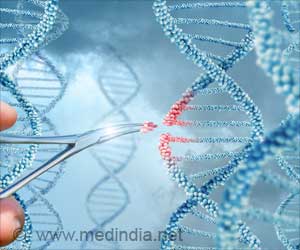The first human embryonic stem cell treatment for human testing shows promise in helping people with cervical damage after restoring limb function in rats with neck spinal cord injuries.
The first human embryonic stem cell treatment for human testing shows promise in helping people with cervical damage after restoring limb function in rats with neck spinal cord injuries.
Researchers at University of California, Irvine, found that the walking ability of the rats that were treated with the stem cell therapy was restored to 97 percent.Hans Keirstead, a primary author of the study, is keeping fingers crossed that the finding will prompt authorised clinical testing of the treatment in people with both types of spinal cord damage.
Keirstead said: "People with cervical damage often have lost or impaired limb movement and bowel, bladder or sexual function, and currently there's no effective treatment. It's a challenging existence.
"What our therapy did to injured rodents is phenomenal. If we see even a fraction of that benefit in humans, it will be nothing short of a home run."
Lead author and doctoral student Jason Sharp, Keirstead and team discovered that the stem cells further prevented tissue death and triggered nerve fiber regrowth.
"The transplant created a healing environment in the spinal cord," said Keirstead, who is co-director of the Sue and Bill Gross Stem Cell Research Center and on the faculty of the Reeve-Irvine Research Center.
Advertisement
Results of the cervical study were published in the journal Stem Cells.
TAN










